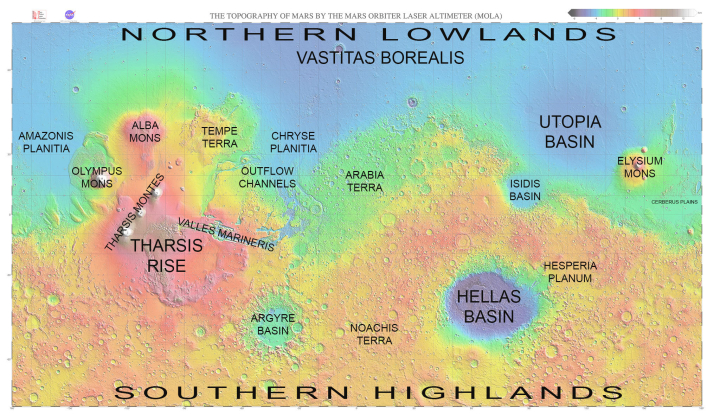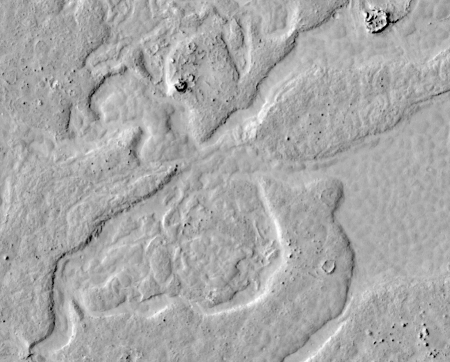Source of yellow water in Russian section of ISS identified
The yellow water found in Russian section of ISS earlier this week was caused by the ordinary crust deposits that formed on the inside of a water-heating unit, what the Russians have labeled a “samovar” and we would probably call a teapot.
Limescale crust inside a ‘samovar’ whose service life had expired was the cause for the appearance of yellow water admixtures in the Russian segment of the International Space Station (ISS), First Deputy CEO for Space Systems’ Flight Operation and Tests at Energia Rocket and Space Corporation Vladimir Solovyov told TASS on Tuesday. “A household cause is behind the emergence of the yellow admixtures in the water. Routine limescale crust had formed in the water-heating unit, which had reached the end of its service life. There is nothing terrible in that as we are regularly confronted with such things on Earth. The problem is solved quite easily, we will just promptly replace this unit, which cosmonauts normally call ‘samovar’ with a reserve one,” Solovyov explained.
Anyone who has used a teapot to boil water for years will eventually have to replace it because of the development of a crust on its inside surface. This is what has happened here. It appears the Russian article today was in response to panicked news reports earlier in the week about the appearance of the yellow water and the need for the Russians to use water from the American segment while they pinned down the cause, a procedure that is quite routine.
The yellow water found in Russian section of ISS earlier this week was caused by the ordinary crust deposits that formed on the inside of a water-heating unit, what the Russians have labeled a “samovar” and we would probably call a teapot.
Limescale crust inside a ‘samovar’ whose service life had expired was the cause for the appearance of yellow water admixtures in the Russian segment of the International Space Station (ISS), First Deputy CEO for Space Systems’ Flight Operation and Tests at Energia Rocket and Space Corporation Vladimir Solovyov told TASS on Tuesday. “A household cause is behind the emergence of the yellow admixtures in the water. Routine limescale crust had formed in the water-heating unit, which had reached the end of its service life. There is nothing terrible in that as we are regularly confronted with such things on Earth. The problem is solved quite easily, we will just promptly replace this unit, which cosmonauts normally call ‘samovar’ with a reserve one,” Solovyov explained.
Anyone who has used a teapot to boil water for years will eventually have to replace it because of the development of a crust on its inside surface. This is what has happened here. It appears the Russian article today was in response to panicked news reports earlier in the week about the appearance of the yellow water and the need for the Russians to use water from the American segment while they pinned down the cause, a procedure that is quite routine.


